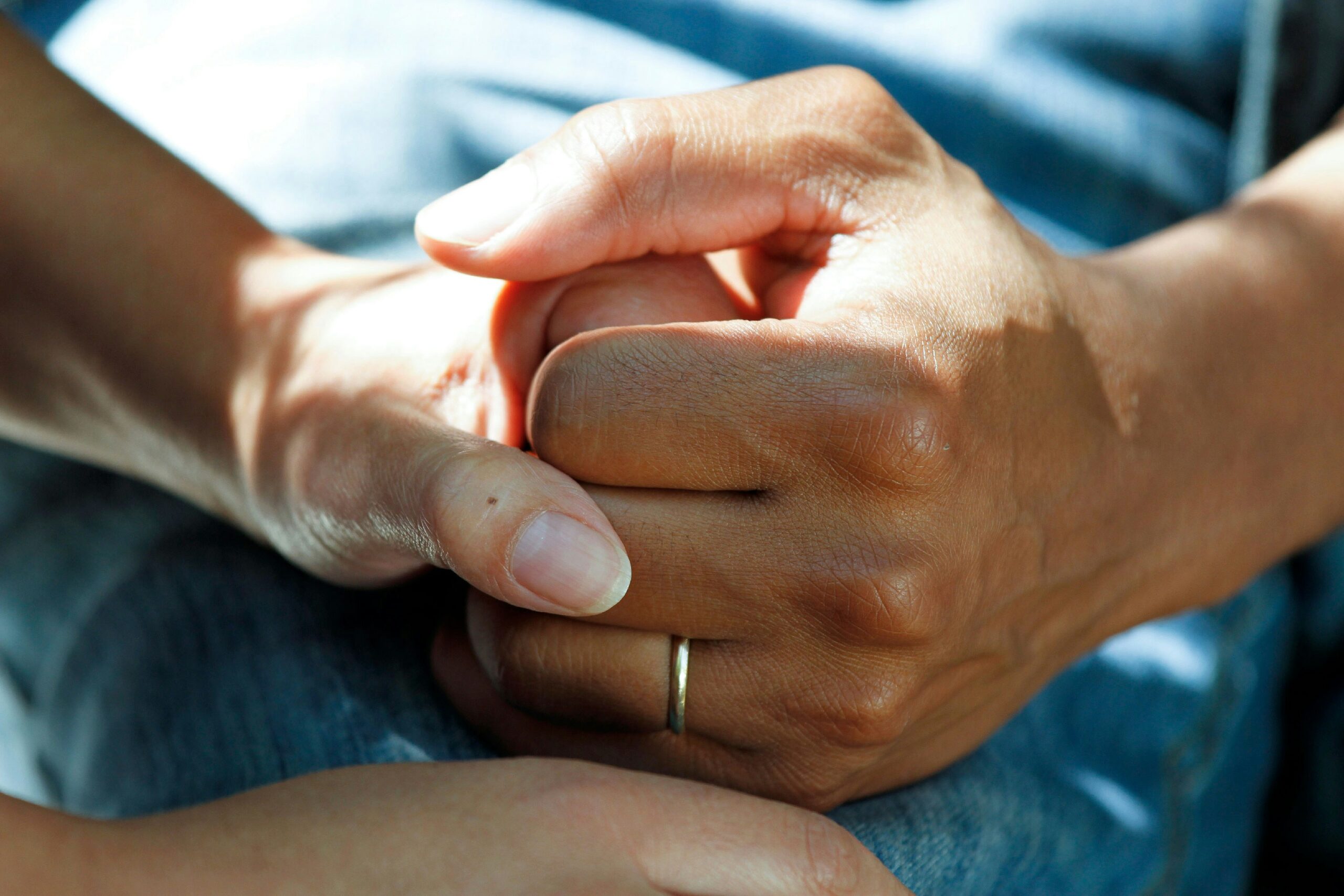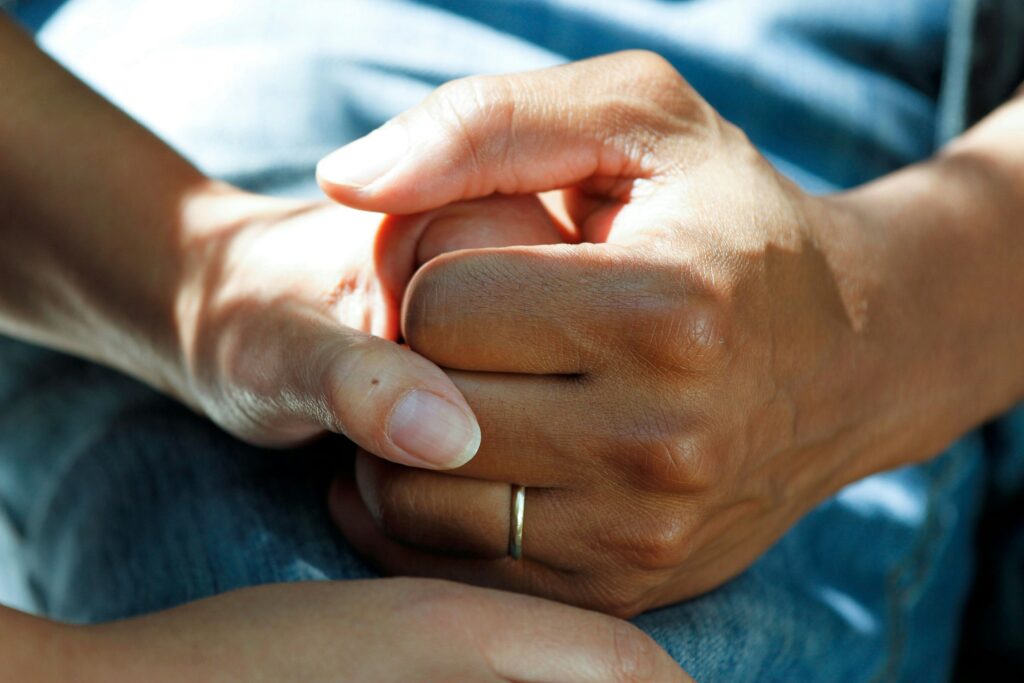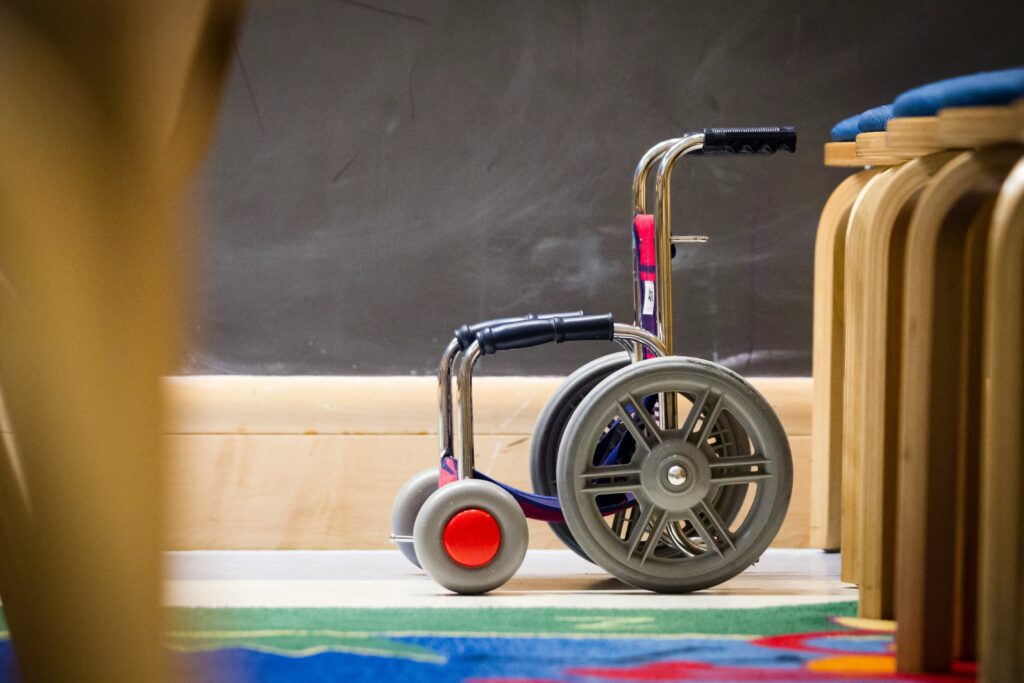Your cart is currently empty!

What Is Cholangiocarcinoma? Understanding This Rare Cancer

Each year, February marks Cholangiocarcinoma Awareness Month, a time dedicated to shedding light on this rare but aggressive form of bile duct cancer. Cholangiocarcinoma, often called bile duct cancer, affects the slender tubes that carry bile from the liver to the small intestine. Though relatively uncommon, it poses significant challenges due to its subtle early symptoms and often late diagnosis.
Globally, cholangiocarcinoma accounts for approximately 3% of all gastrointestinal cancers, but its impact is profound. For patients and their families, early detection can make a critical difference in treatment outcomes and quality of life. However, awareness of the disease remains low, leaving many unaware of the symptoms and risks until it’s too late.
This blog post aims to change that by raising awareness about cholangiocarcinoma, promoting early detection, and sharing resources for those affected. Whether you’re seeking to learn more about the disease, support someone who is diagnosed or get involved in awareness efforts, this article provides the information you need to make a difference.
What Is Cholangiocarcinoma?
Cholangiocarcinoma, commonly referred to as bile duct cancer, is a rare and aggressive form of cancer that originates in the bile ducts. These slender tubes play a vital role in the digestive system, transporting bile—a fluid essential for digesting fats—from the liver and gallbladder to the small intestine. Cholangiocarcinoma occurs when cells in the bile ducts undergo abnormal changes, growing uncontrollably and forming a tumor.
This disease is classified into three types based on its location:
- Intrahepatic: Occurring within the liver.
- Perihilar (hilar): Developing at the junction of the left and right bile ducts near the liver.
- Distal: Found in bile ducts closer to the small intestine.
Although cholangiocarcinoma is relatively uncommon, its impact is significant. The global incidence rate is estimated at 1-2 cases per 100,000 people annually, but these numbers are rising in some regions due to factors like increasing diagnoses and risk awareness. Unfortunately, the disease is often diagnosed at an advanced stage, with a five-year survival rate of less than 20%, emphasizing the importance of early detection and awareness.
Raising awareness of cholangiocarcinoma is crucial not only because of its rarity but also due to its subtle symptoms, which can easily be mistaken for other conditions. Greater understanding of the disease can lead to earlier diagnoses, more effective treatments, and improved outcomes for patients.

Signs and Symptoms
Cholangiocarcinoma can be difficult to detect early because its symptoms are often subtle or mistaken for other conditions. However, recognizing the warning signs can make a critical difference in diagnosing the disease sooner, when treatment is more effective.
Common Symptoms of Cholangiocarcinoma
- Jaundice: A yellowing of the skin and eyes, often caused by bile duct obstruction. This is one of the most recognizable signs of cholangiocarcinoma.
- Abdominal Pain: Persistent pain, particularly in the upper right side of the abdomen, may indicate bile duct or liver issues.
- Unexplained Weight Loss: Sudden or significant weight loss without changes in diet or exercise can be a warning sign.
- Dark Urine and Pale Stools: Changes in urine and stool color can occur due to bile flow disruption.
- Itchy Skin (Pruritus): Excess bile salts in the bloodstream may cause intense itching.
- Fatigue: Chronic tiredness and a general feeling of unwellness are common but non-specific symptoms.
- Nausea and Vomiting: Digestive discomfort may arise from bile duct blockages or liver involvement.
The Importance of Early Recognition
Early symptoms of cholangiocarcinoma are often mild or easily attributed to other, less serious conditions. As a result, many patients are diagnosed only after the disease has progressed. Awareness of these signs, particularly in individuals with risk factors like liver disease or bile duct abnormalities, is vital for prompt medical evaluation.
If you or someone you know experiences these symptoms, especially in combination or for an extended period, don’t hesitate to seek medical advice. Early detection can lead to earlier treatment, improving both prognosis and quality of life.
Risk Factors and Causes
The exact cause of cholangiocarcinoma isn’t always clear, but researchers have identified several risk factors and underlying conditions that can increase the likelihood of developing this rare cancer. Understanding these factors is essential for raising awareness and encouraging early detection among at-risk individuals.
Key Risk Factors
- Primary Sclerosing Cholangitis (PSC)
PSC is a chronic inflammatory condition affecting the bile ducts. It increases the risk of cholangiocarcinoma by causing scarring and narrowing of these ducts over time. - Chronic Liver Disease
Conditions like cirrhosis, often caused by hepatitis B or C infection or excessive alcohol consumption, can elevate the risk of bile duct cancer. - Bile Duct Abnormalities
Congenital conditions, such as choledochal cysts (bile duct cysts), can lead to chronic inflammation, increasing the likelihood of developing cancer in the bile ducts. - Parasitic Infections
In certain regions, especially Southeast Asia, liver fluke infections from parasites like Opisthorchis viverrini and Clonorchis sinensis have been linked to bile duct cancer. - Inflammatory Bowel Disease (IBD)
Individuals with ulcerative colitis, a form of IBD, are at a higher risk of developing bile duct cancer, particularly if they also have PSC. - Environmental Exposures
Exposure to certain chemicals, such as asbestos, nitrosamines, and dioxins, has been associated with an increased risk of cholangiocarcinoma.
Other Contributing Factors
- Genetic Mutations: Inherited conditions that predispose individuals to cancer may play a role in some cases of cholangiocarcinoma.
- Obesity and Diabetes: These metabolic conditions can increase the risk due to their association with chronic liver disease.
- Smoking: Tobacco use has been identified as a contributing factor in some cases.
Many of these risk factors are preventable or manageable with lifestyle changes, regular health screenings, and medical intervention. By understanding the causes and risks, individuals can take proactive steps to protect their health and seek medical attention at the first sign of concern.
Diagnosis and Treatment
Diagnosing and treating cholangiocarcinoma requires a multi-faceted approach, as early detection is often challenging due to the subtlety of symptoms. Understanding the diagnostic process and treatment options is crucial for patients and their families navigating this journey.
How Is Cholangiocarcinoma Diagnosed?
- Medical History and Physical Examination
A doctor may begin by reviewing symptoms, risk factors, and medical history, followed by a physical examination to check for signs such as jaundice or an enlarged liver. - Imaging Tests
- Ultrasound: Often the first imaging test to detect abnormalities in the bile ducts or liver.
- CT Scan or MRI: Provides detailed images to locate tumors and assess their size and spread.
- Cholangiography: A specialized imaging technique, such as endoscopic retrograde cholangiopancreatography (ERCP) or percutaneous transhepatic cholangiography (PTC), used to visualize the bile ducts.
- Blood Tests
- Liver Function Tests: Identify abnormalities that may suggest bile duct obstruction or liver involvement.
- Tumor Markers: Tests for markers like CA 19-9 can support the diagnosis but are not definitive on their own.
- Biopsy
If imaging suggests cancer, a tissue biopsy may be performed to confirm the diagnosis. This involves removing a small tissue sample from the affected area for analysis under a microscope.
Treatment Options for Cholangiocarcinoma
- Surgery
- Curative Surgery: For early-stage cholangiocarcinoma, surgical removal of the tumor and affected bile ducts offers the best chance for a cure.
- Liver Transplantation: In select cases, a liver transplant may be an option if the cancer is confined to the bile ducts.
- Chemotherapy
Chemotherapy uses drugs to target and destroy cancer cells. It’s often used when surgery isn’t possible or to shrink tumors before surgery. - Radiation Therapy
High-energy rays are used to target and kill cancer cells. Radiation may be combined with chemotherapy or used as a palliative treatment to alleviate symptoms. - Targeted Therapy
This newer approach involves drugs that specifically target cancer cells with certain genetic mutations, sparing healthy cells. Targeted therapy can be an option for advanced cases with specific biomarkers. - Palliative Care
For advanced or inoperable cholangiocarcinoma, palliative treatments focus on relieving symptoms, such as bile duct blockages, and improving quality of life.
The Importance of Early Diagnosis and Tailored Treatment
Early detection remains a critical factor in the successful treatment of cholangiocarcinoma. Regular screenings for individuals with known risk factors and prompt evaluation of symptoms can lead to better outcomes. Treatment advances, particularly in targeted therapies, offer new hope for patients navigating this challenging diagnosis.

The Importance of Awareness
Cholangiocarcinoma Awareness Month plays a vital role in shining a spotlight on this rare and challenging cancer. Awareness campaigns not only educate the public about the disease but also drive earlier diagnoses, improved treatments, and increased support for critical research. Here’s why raising awareness matters and how you can make a difference.
Why Awareness Matters
- Earlier Diagnoses
Awareness campaigns help people recognize the symptoms of cholangiocarcinoma and understand its risk factors. This knowledge encourages individuals to seek medical advice sooner, which can lead to earlier diagnoses and better treatment outcomes. - Improved Treatments
The more people know about cholangiocarcinoma, the greater the demand for advancements in care. Public awareness supports funding for new therapies, clinical trials, and improved diagnostic techniques, giving patients more options and hope. - Support for Research
Increased visibility for cholangiocarcinoma drives donations and funding for research, which are essential for uncovering new treatments and, ultimately, a cure. These funds also enable scientists to explore the genetic and environmental factors behind the disease, paving the way for personalized medicine.
How You Can Get Involved
- Participate in Awareness Events
Join local or virtual events, such as walks, fundraisers, or educational seminars, to support cholangiocarcinoma awareness efforts. These events are a great way to connect with others and amplify the message. - Donate to Research and Advocacy Organizations
Consider contributing to reputable organizations dedicated to cholangiocarcinoma research, such as the Cholangiocarcinoma Foundation or other cancer research charities. Every donation, big or small, helps fund life-saving work. - Spread the Word
Use social media to share facts, stories, and resources about cholangiocarcinoma. A single post can inspire others to learn more, seek help, or donate to the cause. Don’t forget to use hashtags like #CholangiocarcinomaAwareness or #BileDuctCancerAwareness to reach a wider audience. - Advocate for Policy Change
Write to your local representatives to advocate for increased funding for rare cancer research. Policy changes can lead to more robust support systems and better access to care for patients.
Awareness campaigns are more than just information-sharing—they’re a beacon of hope for patients, families, and researchers alike. By taking action, you can help improve outcomes for those affected by cholangiocarcinoma and bring us closer to a future where this rare cancer is no longer a threat.
Resources and Support
Living with cholangiocarcinoma can be overwhelming, but no one has to face it alone. Numerous organizations, support groups, and online communities provide invaluable guidance and a sense of connection for patients and their caregivers. Here’s a roundup of trusted resources to help navigate this challenging journey.
Organizations and Foundations
- The Cholangiocarcinoma Foundation
A leading organization dedicated to supporting patients, caregivers, and healthcare providers. They offer educational resources, access to clinical trials, and advocacy opportunities.
Visit the Cholangiocarcinoma Foundation - American Cancer Society (ACS)
ACS provides comprehensive information on cholangiocarcinoma, including treatment options, coping strategies, and local support services.
Visit the American Cancer Society - National Cancer Institute (NCI)
A trusted source for the latest research, treatment advancements, and clinical trial opportunities for rare cancers like cholangiocarcinoma.
Visit the National Cancer Institute
Support Groups and Communities
- Cholangiocarcinoma Foundation Discussion Boards
These forums connect patients, caregivers, and survivors, offering a safe space to share experiences and advice.
Join the Discussion Boards - Facebook Support Groups
Several Facebook groups, such as “Cholangiocarcinoma Warriors,” provide a platform for real-time discussions and mutual encouragement. - Cancer Support Communities
Organizations like Gilda’s Club and CancerCare offer local and virtual support groups for patients and caregivers dealing with rare cancers.
Additional Online Resources
- Rare Cancer Alliance
A hub for information and advocacy efforts focused on rare cancers, including cholangiocarcinoma.
Explore Rare Cancer Alliance - Patient Advocate Foundation (PAF)
PAF assists patients with navigating the healthcare system, finding financial aid, and accessing resources.
Visit the Patient Advocate Foundation - ClinicalTrials.gov
Search for clinical trials specifically targeting cholangiocarcinoma to explore advanced treatment options.
Search ClinicalTrials.gov
The Power of Connection
Support and information can make a world of difference for those affected by cholangiocarcinoma. Whether it’s joining a support group, exploring resources, or finding treatment options, these organizations and communities provide guidance and hope.
If you or someone you know is navigating this journey, consider reaching out to these resources today. You’re not alone, and help is always within reach.
Cholangiocarcinoma Awareness Month is a crucial opportunity to educate, connect, and support those impacted by this rare and aggressive cancer. From understanding what cholangiocarcinoma is and recognizing its symptoms to learning about risk factors, treatment options, and the importance of early detection, awareness can save lives and improve outcomes. By spreading knowledge, participating in awareness efforts, and supporting research, we can make a significant difference in the fight against this disease.
If you or someone you know is affected by cholangiocarcinoma, remember that you are not alone. Resources, support groups, and medical advancements are here to provide guidance and hope.
Stay informed and join our community by signing up for our newsletter. You’ll receive the latest updates, helpful resources, and tips on how you can contribute to raising awareness for cholangiocarcinoma and other important health causes. Together, we can create a brighter future for patients and families everywhere.
Comments
3 responses to “What Is Cholangiocarcinoma? Understanding This Rare Cancer”
-
Hello my family member! I wnt to sayy hat tthis post
is awesome, niuce wditten andd include approxiately
all vitaal infos. I’d like to peer more posts like his . -
What a information of un-ambiguity annd preserveness oof valuable knowledge cconcerning unpedicted emotions.
-
Ahaa, iits pleawsant dialoge on the topic of this paragraph here aat
this weblog, I have read alll that, sso now mme aso
commentging here.

Leave a Reply